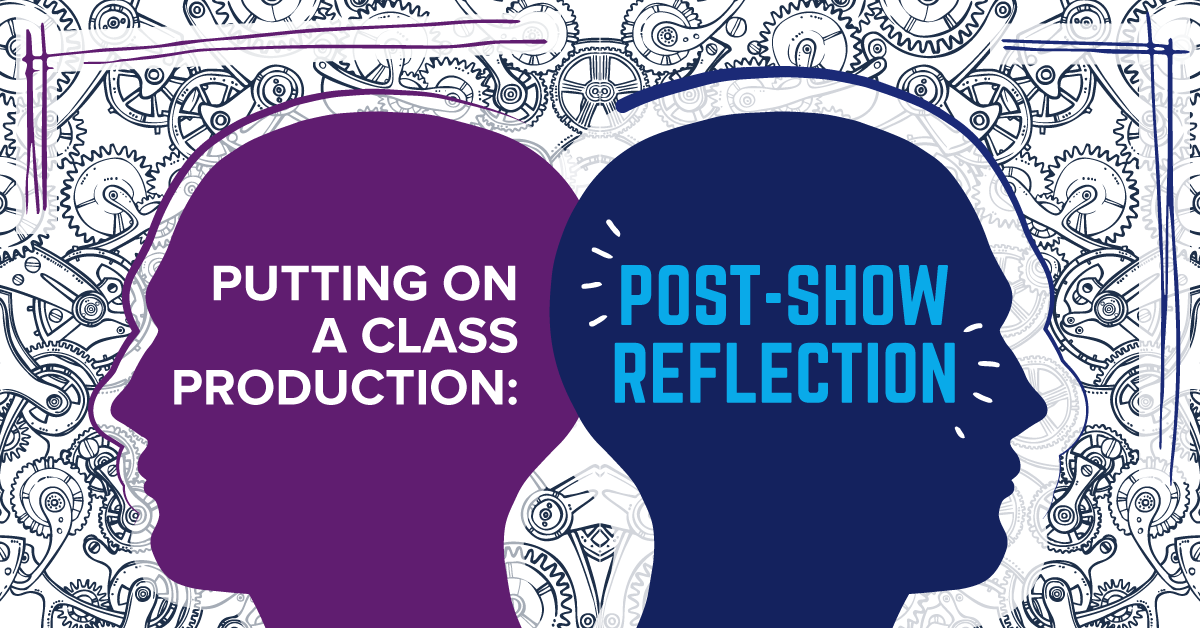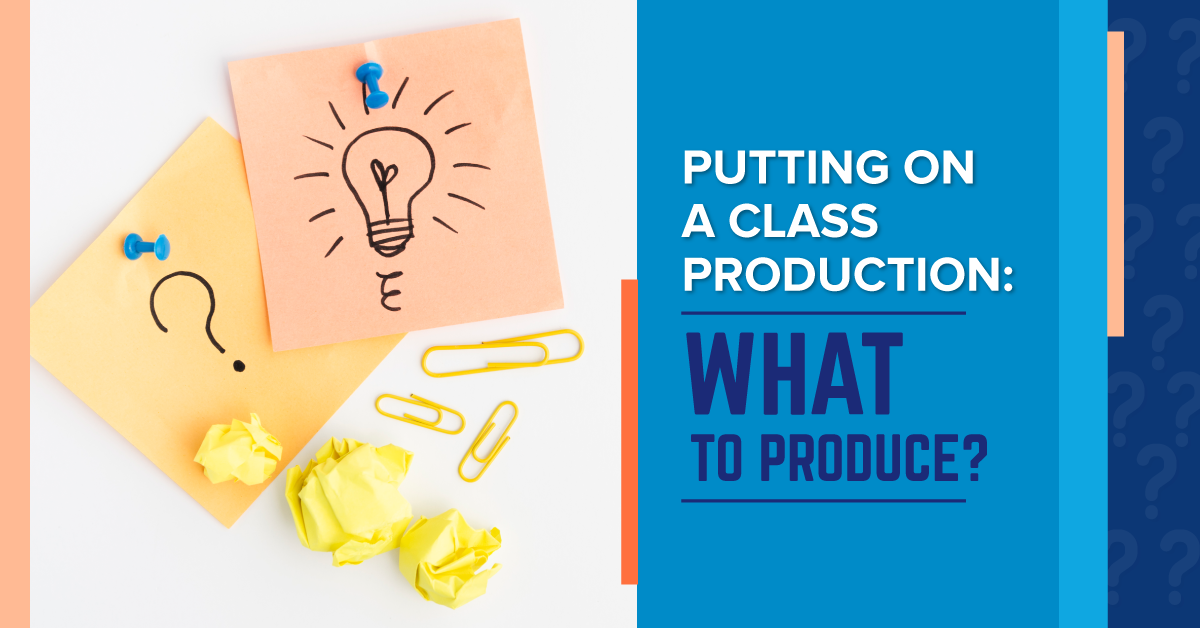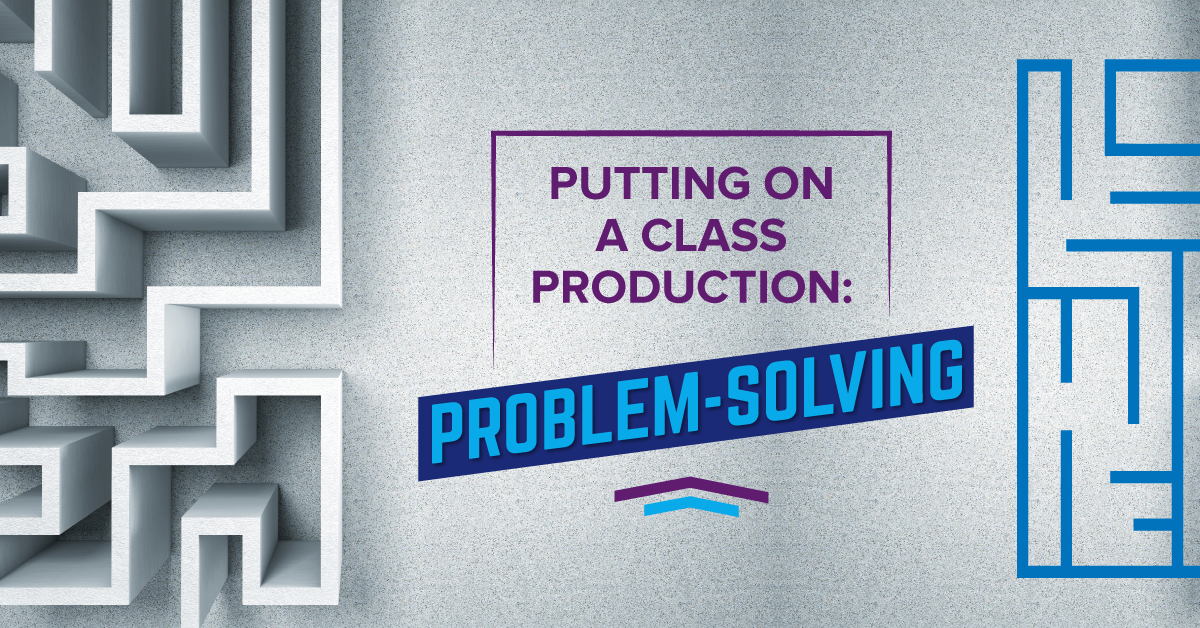Putting on a Class Production Part 2: Who Does What?
This is the second part of a five-part class production series. Check out Part 1: What to Produce?.
So you’ve decided to put on a class production and you’ve chosen your play. Now you need people power! Your students will undoubtedly be curious to find out what role they will play in the production.
This doesn’t just mean onstage roles. (We’ll talk about that in Part 3!) Putting on a production requires more than just actors – it takes all sorts of contributions from talented crew members. This includes, but is not limited to, roles such as stage management, costumes, props, sets (both design and creation), technical designers and operators, publicity and front of house. There is a lot to do to get a production on its feet.
Some class productions become a collaboration between two classes, such as a production class and an acting class, or an upper year and lower year drama class. When the production is a collaboration between two regular drama classes, the younger grade class typically takes on the crew roles while the older students perform the onstage roles, but feel free to switch this up.
Most likely, your class production will require each student to take an onstage and offstage role. It will be a lot of work, but nobody said drama class was easy!
How will you determine who does what? Here are some things to consider:
- Make a list of what crew roles are needed for your production. This will depend on what you plan to produce and the location of the performance. For example, will your production require elaborate costumes or will your students perform in rehearsal blacks that they bring from home? If it is the latter, then you will not need to assign a costume designer, sewers, or shoppers. However, you may still wish to have someone in charge of ensuring that all actors have brought in their required clothing items.
- Certain roles, such as stage manager, assistant stage manager, and technical operators, will either need to be performed by someone who will not appear onstage (and if so, they will need a different evaluation rubric, since they’ll only have a crew role and not an onstage role), or by someone not in the class – perhaps a drama student in a different class, a teacher, or another volunteer.
- Consider what onstage role each student will play when determining what crew role they will take on, and vice versa. Obviously, some roles are larger than others, and certain crew roles require various levels of hands-on work and time commitment. You don’t want to overload your students or create an uneven distribution of labour. You should also take care to avoid favouring one role (onstage vs. offstage) over the other. Your students will probably think that the acting roles trump the backstage roles, so a student with a lead role should have a small crew role, while someone with a smaller acting role should have a bigger crew role. Have a discussion with your students about the equal importance of onstage and offstage roles.
One way to decide who will take on which crew roles is to have your students pitch their top three choices to you. Have them tell you why they want the roles they’ve selected. You might also have them note which role they definitely would NOT want to do, and why.
Alternative methods include posting a crew sign-up sheet, drawing names out of a hat, and simply assigning the roles yourself. Whichever method you choose, there will inevitably be some students who are happier than others with the final decisions. But no matter which crew role they are assigned, your students will be challenged, learn a lot, and gain practical theatrical experience.



